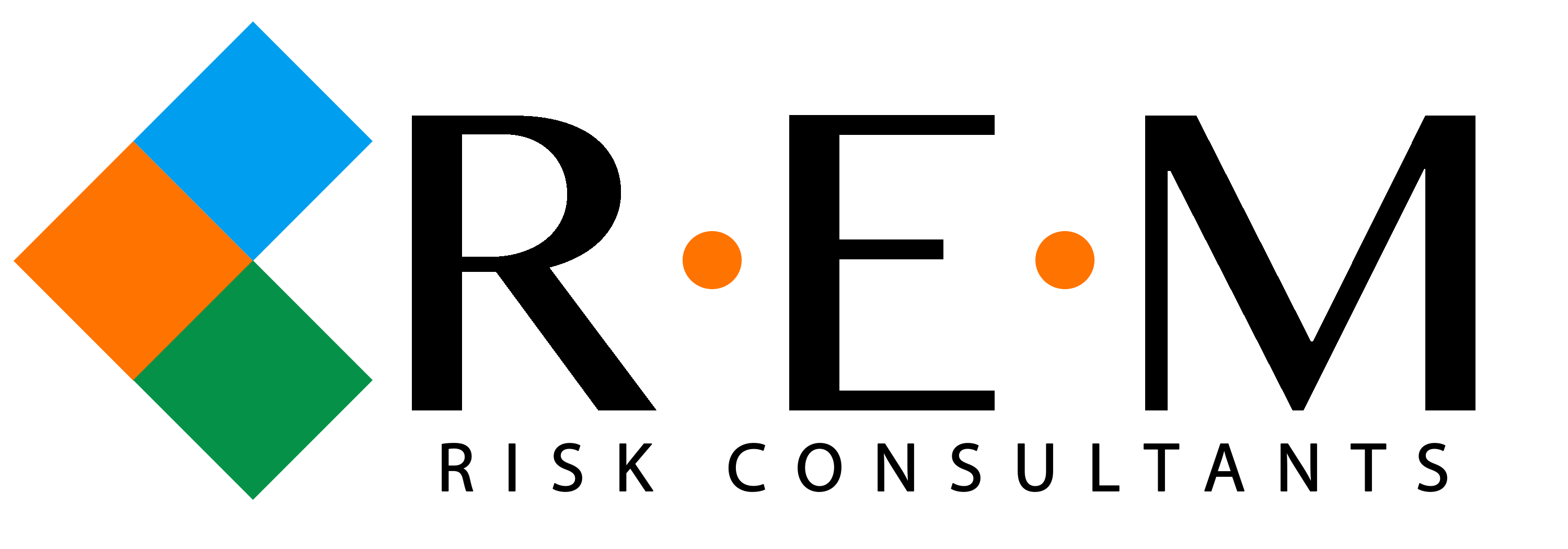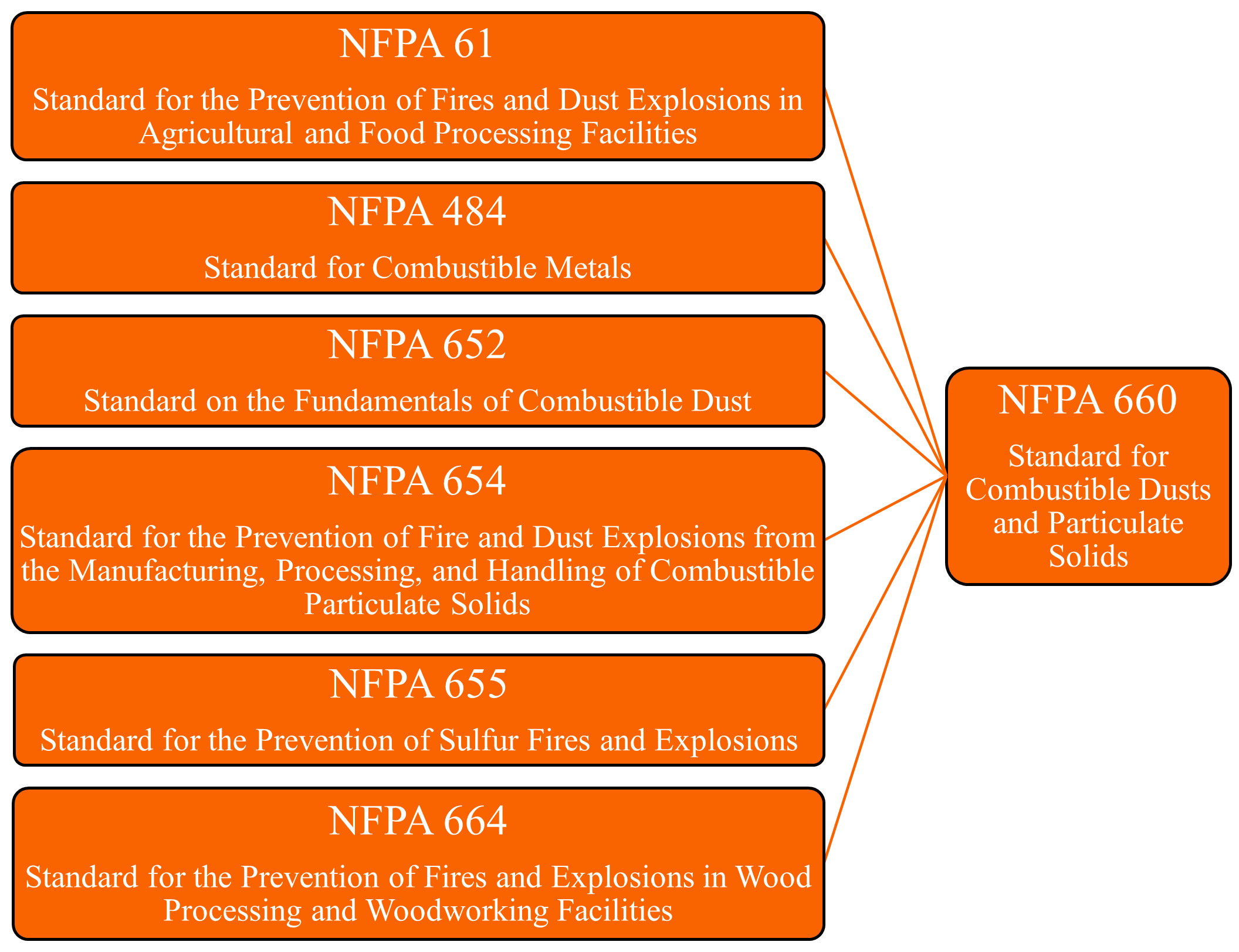NFPA 660: The New Standard for Combustible Dust Safety
Did you know that one spark can turn an entire facility into a dangerous fire hazard? Combustible dust is a silent risk that many industries face and a new, consolidated combustible dust standard has been released to help prevent catastrophic events. In previous years, the National Fire Protection Association (NFPA) published separate standards addressing the hazards of combustible dust across various industries, including food processing, wood processing, and manufacturing facilities. These standards have typically provided the requirements and safeguards presented in dust hazard analyses (DHAs).
However, many of these prior standards provide redundant information (i.e. NFPA 652 providing general combustible dust requirements with other standards providing requirements for specific dust types which often overlap with NFPA 652). As a result, the 2025 NFPA 660 Standard for Combustible Dusts and Particulate Solids has been released as a consolidated standard for the prevention of fires and explosions related to combustible dusts.

NFPA 660 incorporates and builds on the fundamental principles found in NFPA 652 while harmonizing the specific requirements of industry-specific standards (NFPA 61, 484, 654, 655, and 664). By organizing the content into a single standard, NFPA 660 allows facilities to better understand their combustible dust hazards, streamline compliance efforts, and ensure consistency across operations and industries.
NFPA 660 provides a number of overall requirements for facilities. The requirements include:
- Identification and classification of combustible dust hazards,
- Performing a dust hazard analysis when combustible dusts are present,
- Implementation of explosion and fire protection measures,
- Employee training, and housekeeping and maintenance.
Facilities must identify combustible dust hazards, including which dusts are present that are combustible and the conditions under which they become hazardous (e.g., particle size and ignition sources). If a dust is determined to be combustible, a DHA is required to be performed for any new and existing facilities. The DHA must be performed by a qualified person with documented experience and education regarding DHAs, as well as assessment and identification of mitigation or elimination options for fire, flash fire, explosion, and related hazards of the specific type(s) of combustible dusts involved in the facility. The DHA must be renewed and updated every five years.
Facilities must implement engineering and administrative controls to reduce the risk of ignitions, explosions, and fires involving combustible dusts. The specific controls will depend on the nature of the combustible dust and facility processes. Examples of the controls include dust collection systems (e.g., baghouses and cyclones) as well as explosion venting and suppression systems.
In addition to engineering and administrative controls, NFPA 660 requires thatemployees are trained to recognize dust hazards and follow safe operating procedures. The training programs must cover the hazards of combustible dust, emergency response protocols, and safe handling practices. Housekeeping and maintenance requirements include the establishment of regular cleaning schedules, the use safe dust removal methods (e.g., vacuum systems), and ensuring proper maintenance of equipment to prevent ignition sources and minimize the accumulation of combustible dusts.
While much of the content of NFPA 660 is retained from the previous standards it is based upon, a number of additions and changes have been made. Additions include requirements for self-heating, thermal instability, water reactivity, and chemical reactivity assessments for dust under specific conditions, in addition to the previously required combustibility and explosibility tests. Moreover, requirements for an operational readiness review prior to facility start-up have been added.
Changes include:
- Clarified levels of protection provided by flame-resistant garments being as part of the personal protective equipment (PPE) requirements.
- Additional information detailing who is qualified to perform a DHA has been provided,
- Clarification of the requirements for bonding and grounding of housekeeping equipment.
- Resistance limits for flexible connectors have been updated.
- Requirements for additive manufacturing.
- Modified standards for portable vacuum cleaners used with combustible metals.
The introduction of NFPA 660 marks a significant step forward in streamlining the assessment of combustible dust hazards. By consolidating multiple NFPA standards into one unified document, NFPA 660 provides a consistent framework for industries to manage combustible dust risks effectively. In addition to the consolidation of information, NFPA 660 provides a number of additions and changes from past standards to clarify and update facility requirements involving combustible dusts. By understanding and implementing the requirements of NFPA 660, facilities can protect their operations from the potentially devastating consequences of combustible dust fires and explosions that could harm personnel and equipment.
The new NFPA 660 standard is an essential resource for protecting your facility from combustible dust hazards, but navigating its requirements can be complex.
At REM Risk Consultants, we specialize in guiding facilities like yours through the intricacies of fire protection and process safety requirements. Our team is ready to help you navigate these requirements and implement effective safety solutions that will keep your operations running smoothly. Don’t wait until it’s too late, contact us today to learn how we can help safeguard your operations and ensure compliance with NFPA 660.


